If you could do one thing to dramatically improve your marketing ROI today, would it be to use landing pages on your website?
If you're trying to generate leads for your business, and you don't have at least a few landing pages on your website, you're missing out on a key opportunity to turn website visitors into something more.
What is a landing page?
A landing page is a page on your website where you can offer a resource from your business in exchange for a visitor's contact information. Marketers can capture this contact information using a lead-capture form, where visitors can enter details like their name, email address, and job title.
A good landing page is focused on a particular stream of traffic -- say, from an email campaign that's promoting an ebook. Because the landing page is targeting just people who are (presumably) interested in this ebook, and because this ebook has exclusive information that elaborates on a topic your audience cares about, you can convert a higher percentage of your website visitors into leads whom you can then follow up with.
Landing pages have one chief purpose: to generate leads for your business. However, you can define those leads in a number of ways and offer more than one type of content or experience through this landing page.
Here are some of the ways you can use a landing page to start a relationship with your future customers:
Ebooks and Whitepapers
If you wrote a blog post that introduces a topic relevant to your audience, you can satisfy deeper interests in that topic by elaborating on the subject in an ebook or whitepaper. Using a landing page, you can "gate" this resource behind a lead-capture form for people to download.
Email Newsletter Subscription
Let's say you write a lot of blog content on a similar topic. Sure, you can develop an ebook or whitepaper that elaborates on specific details, but you can also offer your readers an email newsletter they can subscribe to for the latest content around your industry. On various blog posts, use a call-to-action (CTA) to invite readers to subscribe to your blog. This CTA can link to a separate landing page where they enter their contact information for addition to your email list.
Online Course Enrollment
Whether you're in the education industry or you offer various skill-based certifications to your audience, online courses should have their own landing pages, too. Using these pages, you can invite new students to sign up for a class you offer and capture information on them that can lead to a customer relationship that goes beyond the courses they take with you.
Event Registration
Similar to online courses, industry events require you to collect information on your audience so they can receive updates prior to the event. An event, as well as its various sessions and keynotes, can have their own individual landing pages to turn event goers into event attendees and business leads.
Free Trial of a Product
Offering people a free demo of your product? Your demo offering could use its own landing page. Bring users to a page where they can sign up for a free trial of your software using their name, email address, job title, and any other information you deem necessary to give them the best customer experience.
Community Membership
If your business thrives on conversation among your audience -- perhaps you have a website dedicated to dialogue between users -- there's no harm in making it invitation-only. In fact, it's a great way to generate leads through the people who want to become members of your community. Create a landing page that lets website visitors sign up to become a bigger part of your business.
App Download
Developing a mobile app for your product doesn't just improve your customer experience -- it also gives you another avenue to capture leads from your audience. A lead-optimized landing page that invites users to download an app is quite common in the app-maker community.
Why are landing pages so critical?
Too many companies send their advertising, email, or social media traffic to their homepage. This is a huge missed opportunity. When you know a stream of targeted traffic will be coming to your website, you can increase the likelihood of converting that traffic into leads by using a targeted landing page.
For example, imagine you have a Google AdWords PPC ad running for one of your best keywords. Even if you advertise how great your company is (an off-putting brag in the eyes of your customer) and someone still clicks through on that ad, do you want to send them to your homepage? When they land on your homepage, what are they supposed to do? What do you want them to do?
Once you figure out what action you want a visitor to take, make it easier for them to do just that. Send them to a landing page that prompts them to complete that action. You'll see the effectiveness of your online marketing improve dramatically.
What makes a landing page most effective?
Ready to create your first landing page, or improve on a landing page you already have? Here are some of the most important elements to make sure your landing page is working hard for you:
Limit Navigation
You've brought your targeted traffic to a page where they can take your desired action. Don't distract them! Limit the number of exits from your landing page so that your visitors are focused on filling out your form. A key part of this is to remove the website navigation elements on landing pages. This helps put the focus back on the content you're offering.
See how the landing page below does this -- aside from the HubSpot logo, there are no navigation buttons to confuse or distract visitors.
Enable Sharing
Tap into a huge community of your best (and free) marketers: your audience. Add share links to your landing page to encourage your website visitors to share your content with their audiences.
Deliver Value
First and foremost, if you have a valuable offer, your visitors will give up their contact information in exchange for your offer. Ask yourself if your offer is compelling to your audience and make sure your landing page demonstrates that value. One way to ensure your landing page adds value is to show your audience the content they're going to receive -- directly on the page. See how this can look in the example landing page below.
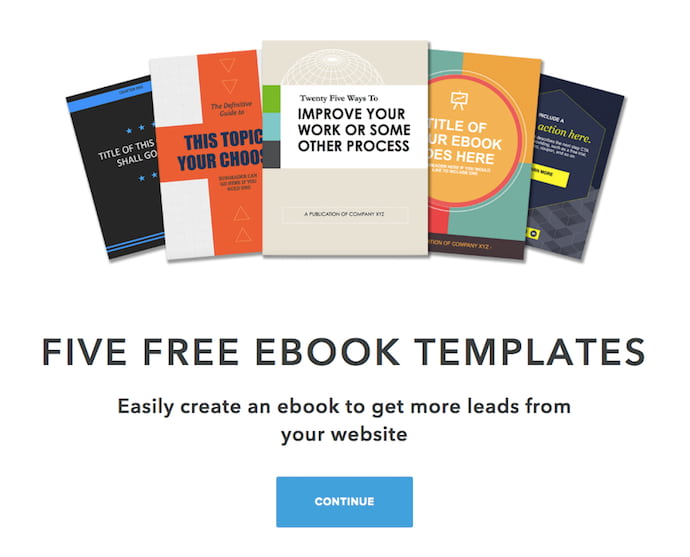
Keep it Short
The longer your landing page and form, the more friction you add to the lead-generation process. Keeping your lead form short and straightforward will increase your conversion rate.
Here's a tip: Put as many contact fields as you can on the same line. Shortening the height of your lead-capture form helps you limit the more trivial fields you might be tempted to include, and prevents your landing page visitors from getting spooked by a form that's asking too much of them. As shown below, sometimes all you need is a first and last name, followed by an email address.
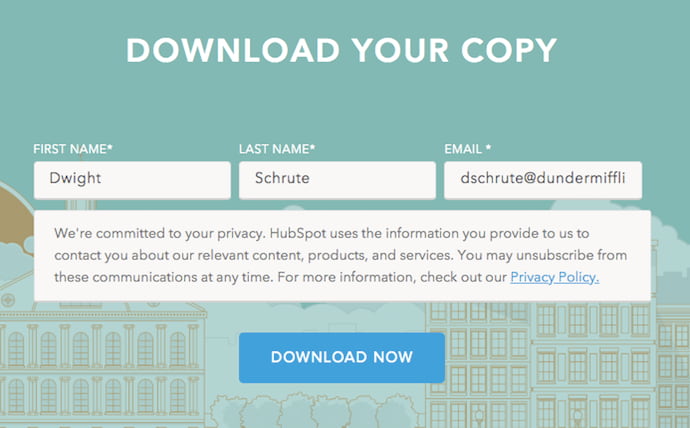
Test, Test, Test
As many best practices as you may read about online, your landing page can always use more testing and improvement. Make sure you have a landing page creation tool that allows you to create and test many different landing pages to see what works best for your business.
Are you a landing page guru? Check out some of our advanced tips and data around landing page best practices on effective calls to action and the best/worst button text (hint: don't use "Submit"). Do you need to make any of these 10 Quick Fixes to Build Killer Landing Pages?
If you're working hard to drive traffic to your website, don't make the mistake of not capturing that traffic as leads.

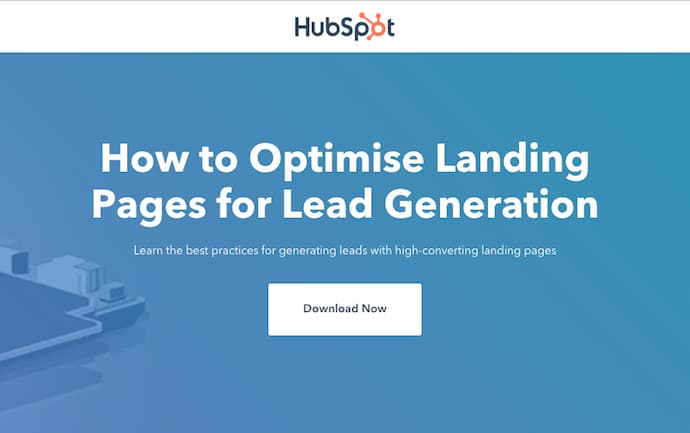
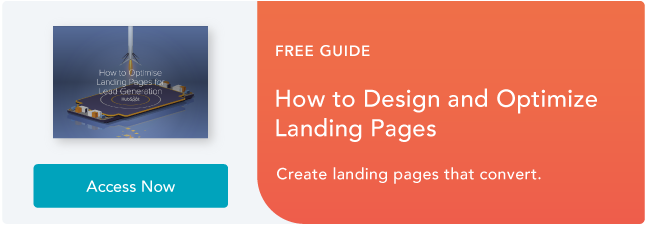
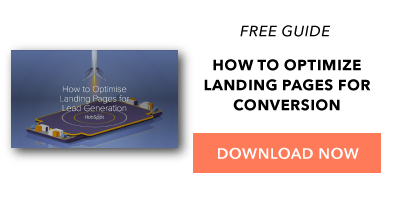
No comments:
Post a Comment